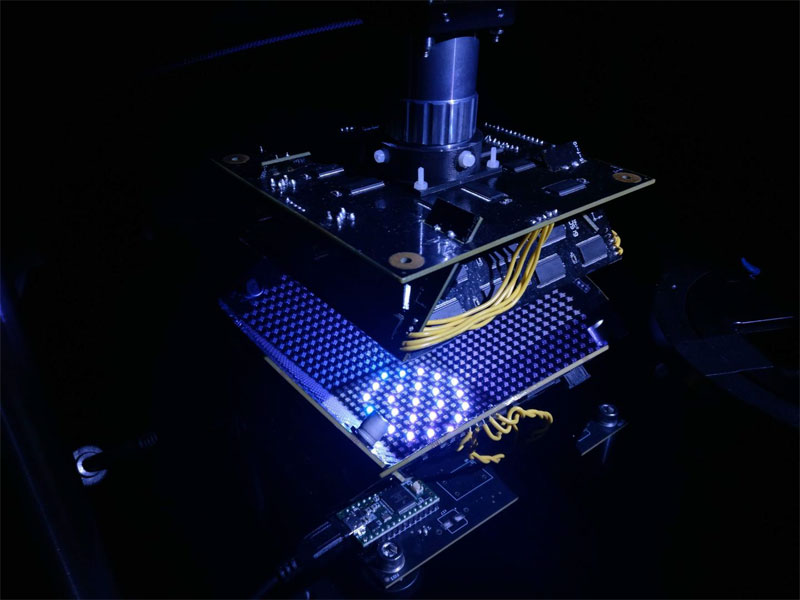
Smart microscope for diagnosing disease
Value Proposition
Since its invention, the microscope has been optimized for interpretation by a human observer. Recently, however, deep learning algorithms have been developed for automated image analysis in a variety of important contexts, such as the identification of pathogens in optical microscope images of blood samples. These algorithms have the promise to revolutionize the workflow in medical clinics and labs by eliminating diagnostic bottlenecks in low-resource communities, where skilled professionals to analyze blood samples are scarce. However, in order to realize the full potential of these automated techniques, there is a clear need to re-design the microscope’s hardware for specific interpretation tasks.
Technology
Duke inventors have developed a microscope that adapts its lighting angles, colors and patterns by using machine learning to teach itself the optimal settings to complete a given diagnostic task. Their device could greatly reduce diagnosis times in low-resource clinical settings where trained physicians are scarce. Rather than utilizing diffuse white light to evenly illuminate a sample, the microscope uses a bowl-shaped light source comprised of LEDs. This allows for illumination at different angles up to nearly 90 degrees with different colors, essentially casting shadows and highlighting different features on the sample depending on the pattern of LEDs used. Using a convolutional neural network, the device is able to learn which features are most important for detecting a particular pathogen and which illumination pattern works best for highlighting those features. In an initial demonstration, the inventors were able to use their microscope to automatically identify malaria-infected cells with greater accuracy than either trained physicians or other machine learning approaches.
Advantages
- Automates image analysis tasks through use of a convolutional neural network algorithm
- Provides more accurate identification of pathogens than either trained physicians or other machine learning approaches
- Algorithm is versatile and can adapt to use in different microscope configurations